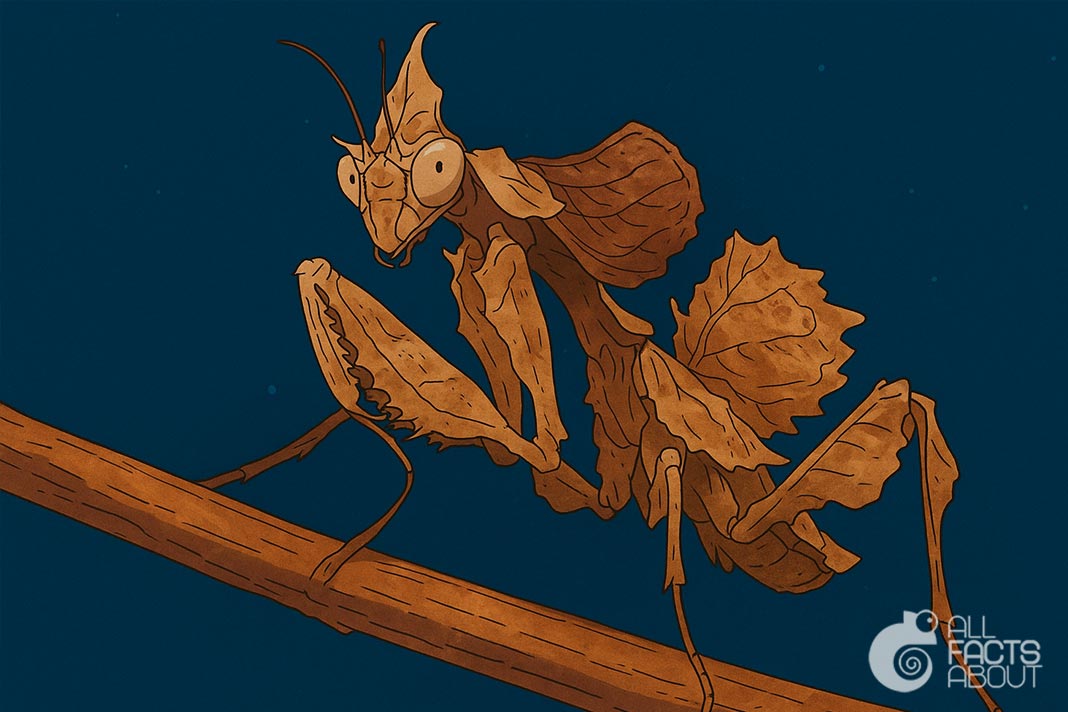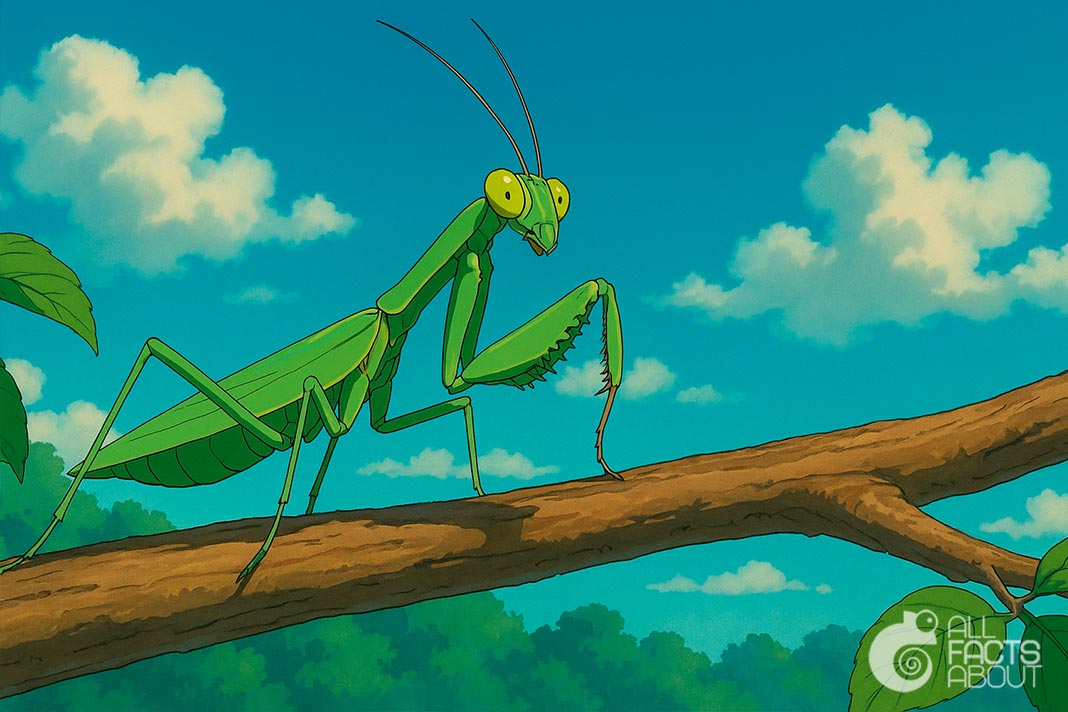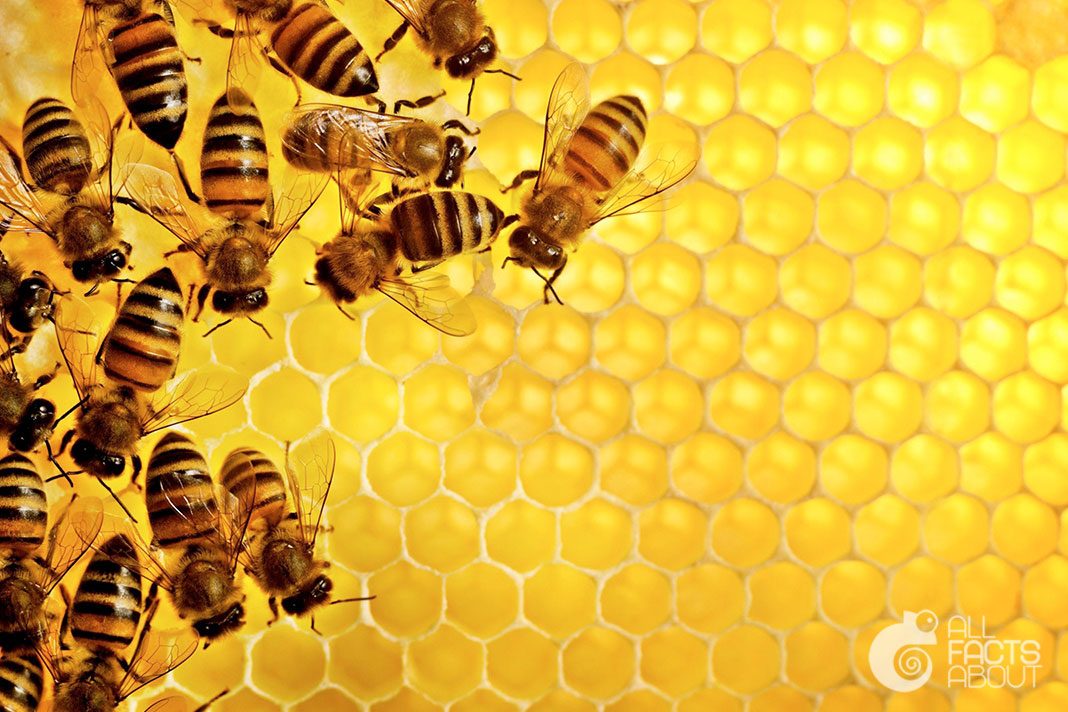The praying mantis is a fascinating insect, known for its patience, precision, and deadly grace. Recognized by its prayer-like stance, the mantis is a master of camouflage and ambush. Here are some interesting facts about these incredible creatures.
1. There are over 2,400 known species of praying mantis worldwide. Most of them live in tropical and subtropical climates, but some can be found even in temperate regions. Their size, color, and behavior vary greatly depending on the environment.
2. The name "praying mantis" comes from their folded front legs, which they hold in a pose that resembles someone in prayer. Despite the peaceful name, these insects are ruthless hunters and skilled predators in the insect world.
3. Praying mantises have triangular heads that can rotate 180 degrees, giving them a wide field of vision. They are one of the few insects with stereo vision, and their two large compound eyes help them detect even the slightest movement.
4. These insects are excellent ambush hunters. They stay perfectly still and wait for unsuspecting prey to come close before striking with lightning-fast reflexes. Their front legs have spines that help trap and hold prey securely.
5. The praying mantis is a master of disguise. Depending on the species, mantises can mimic leaves, flowers, twigs, or even bark. This camouflage helps them avoid predators and surprise their prey more effectively.

Devil's Flower mantis (Idolomantis diabolica) mimicking wilted leaves.
7. One of the most talked-about behaviors of praying mantises is sexual cannibalism. In some species, the female may eat the male after or even during mating, although this behavior is not as common in the wild as often believed.
8. Mantises can regenerate lost limbs during their molting stages. If a young mantis loses a leg, it can grow a new one with each molt, and by adulthood, the limb may be fully restored and functional again.
9. Female mantises lay their eggs in a foam-like substance that hardens into a protective case known as an ootheca. This case can hold dozens, or even hundreds, of eggs. In the spring, these eggs hatch into tiny mantises that are immediately ready to survive on their own.
10. In ancient China, the praying mantis was considered a symbol of patience, stillness, and mindfulness. It also inspired traditional martial arts styles that mimic the insect’s swift and precise movements.




